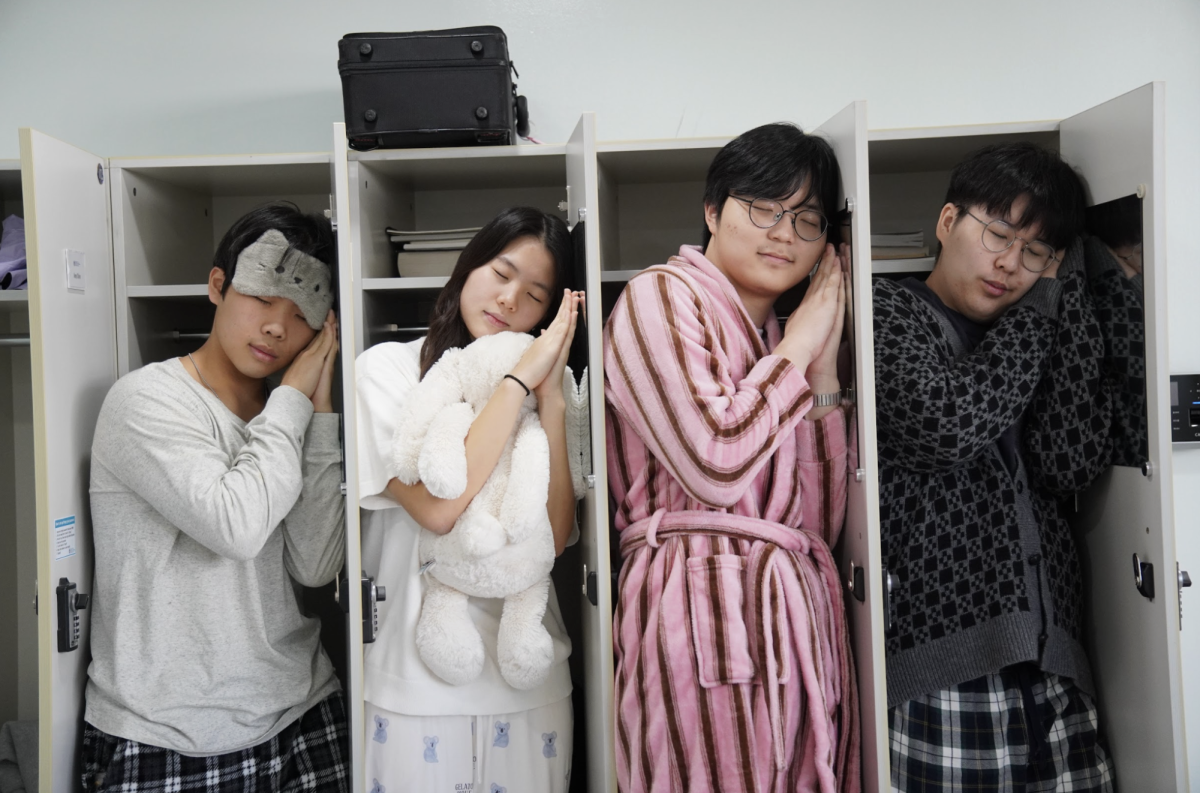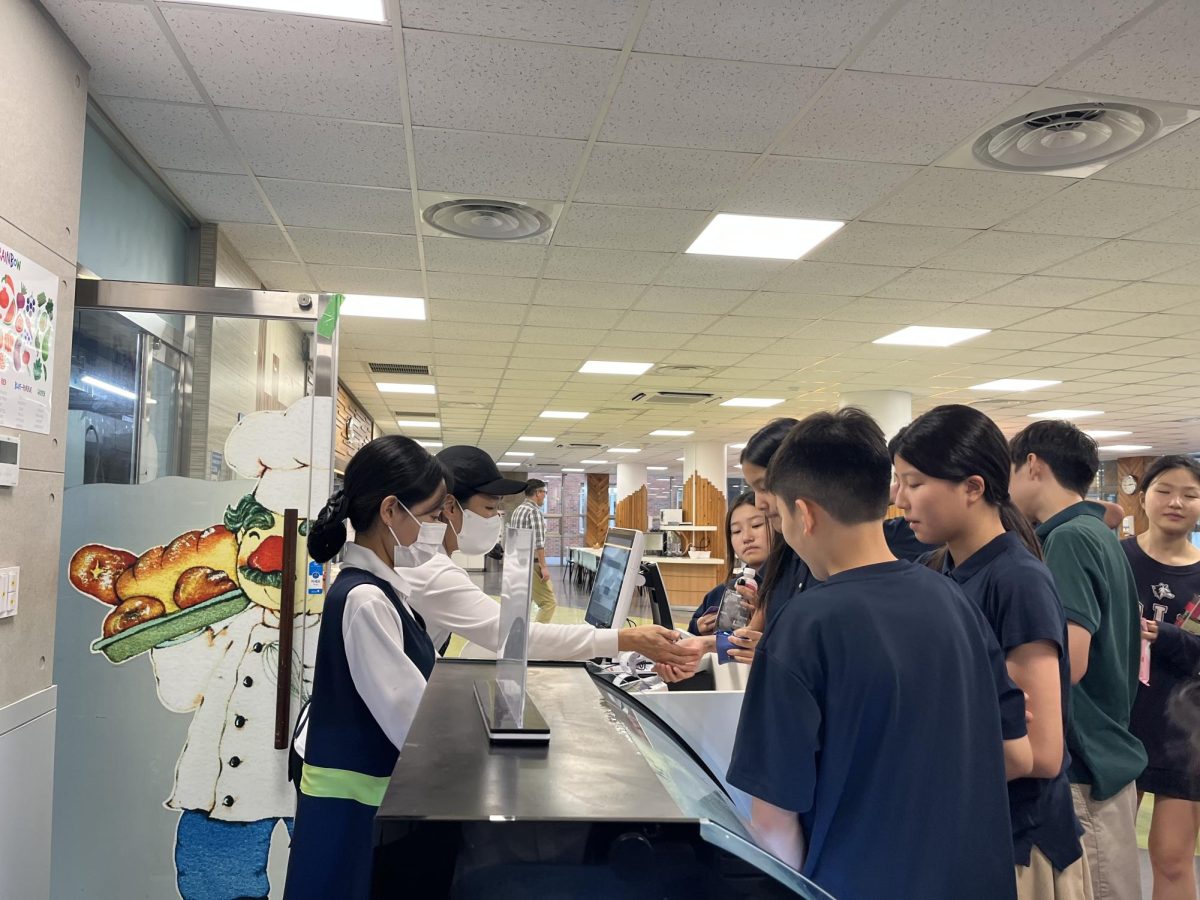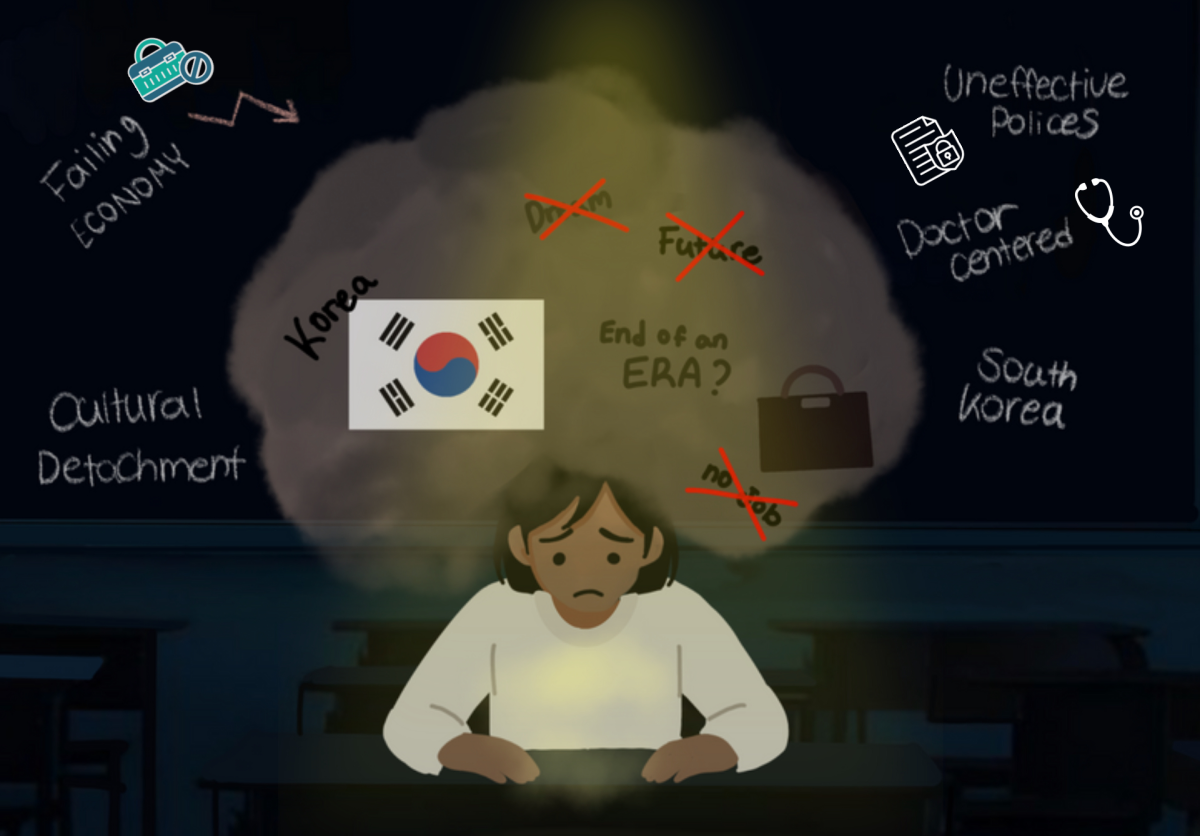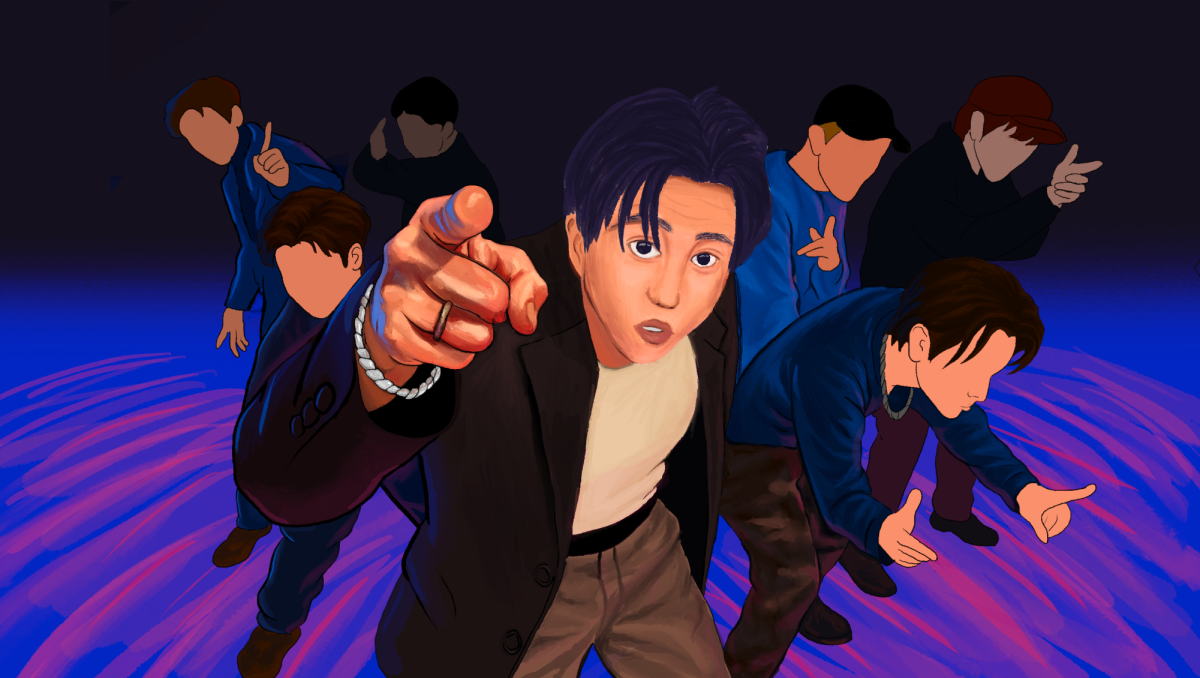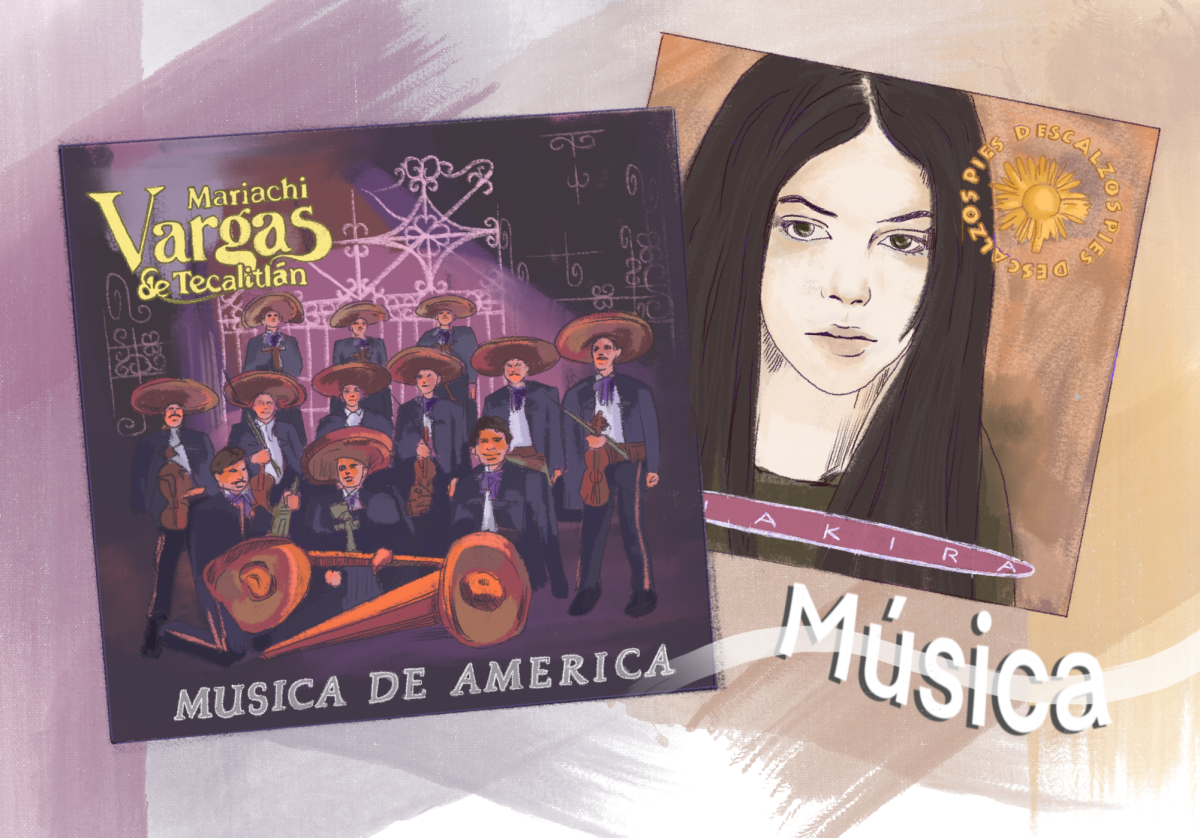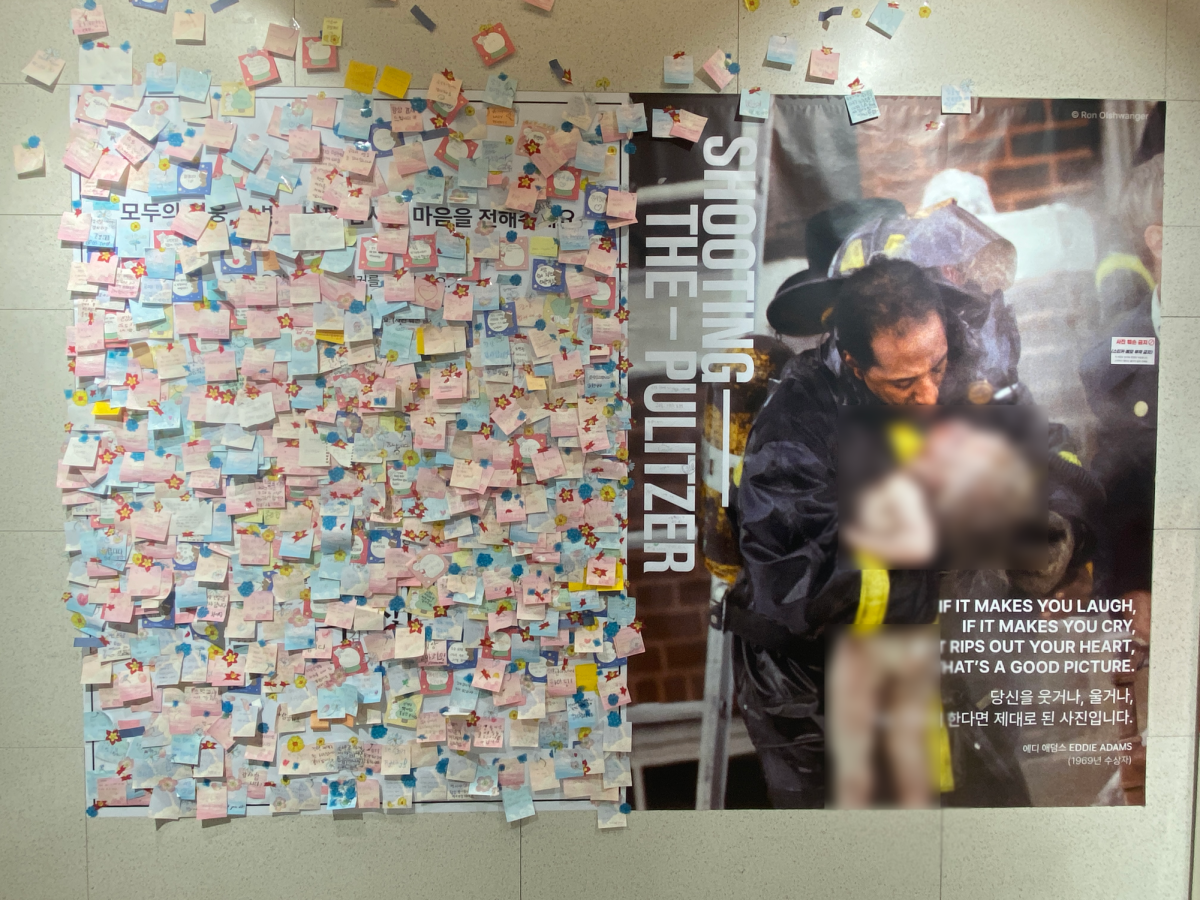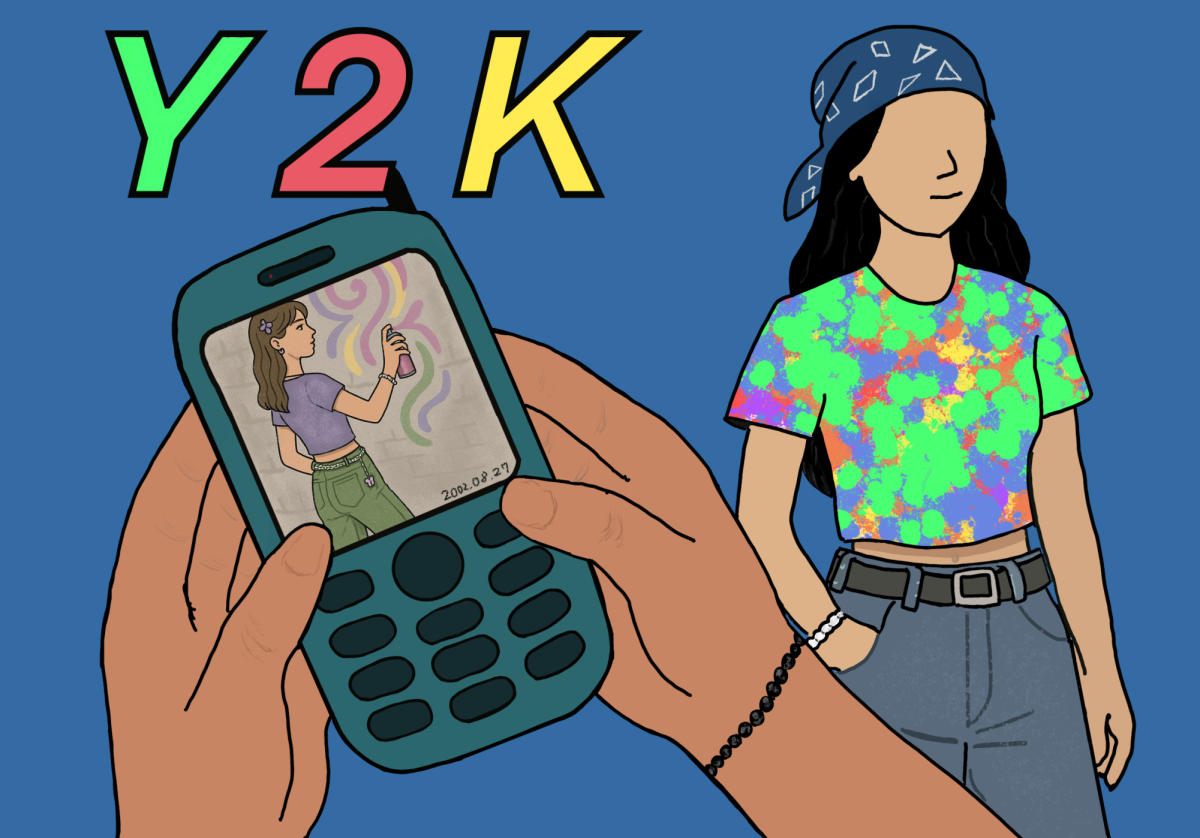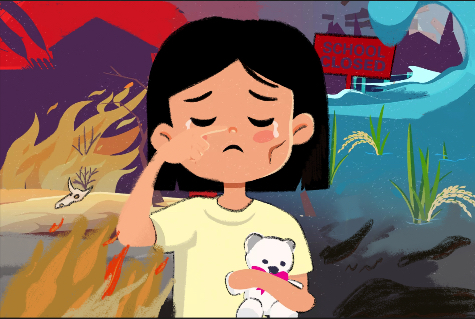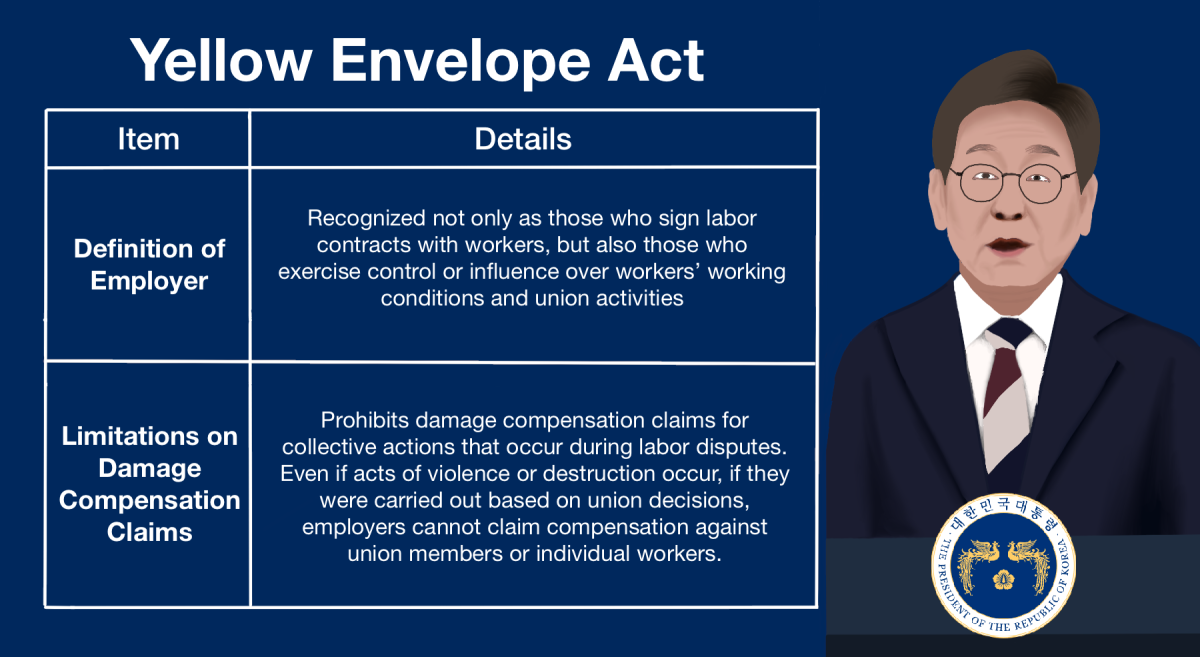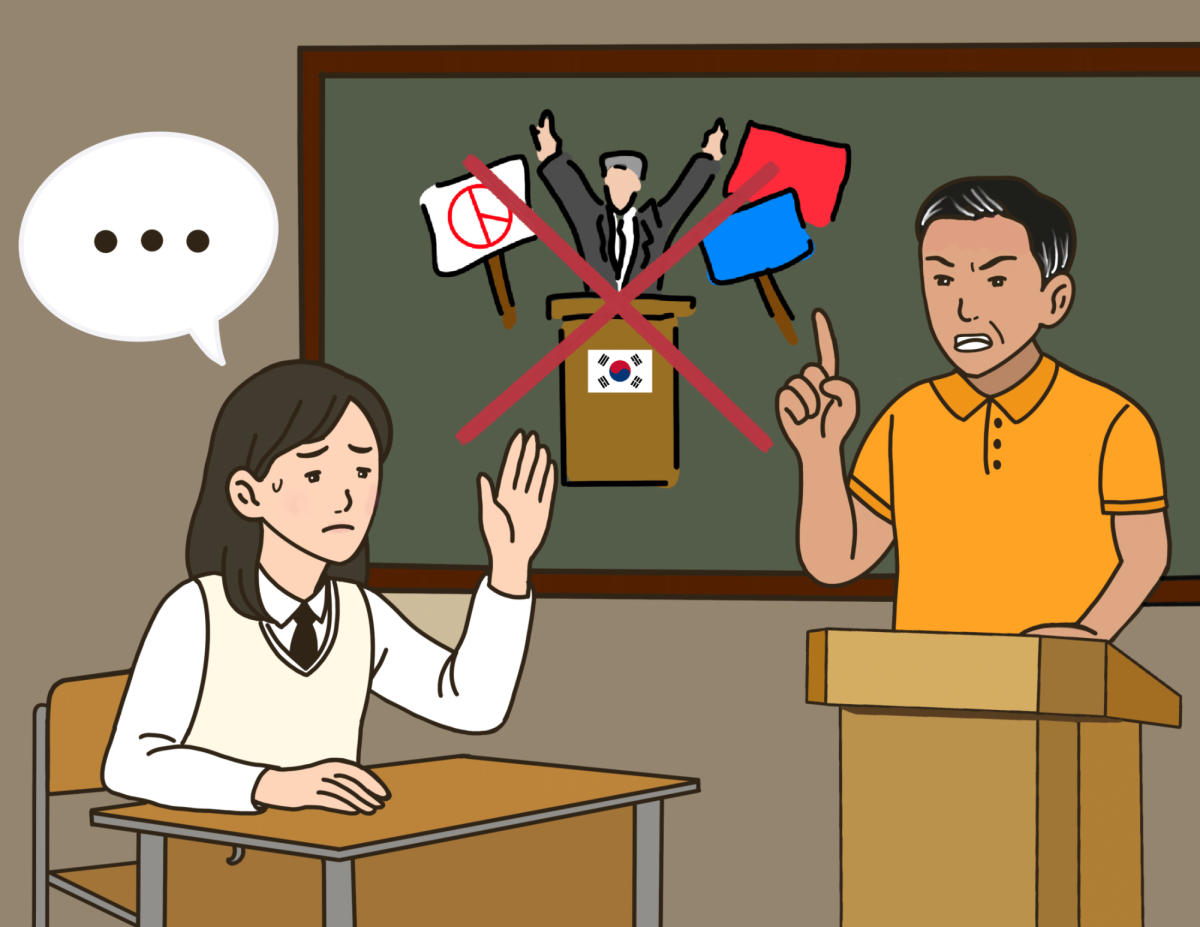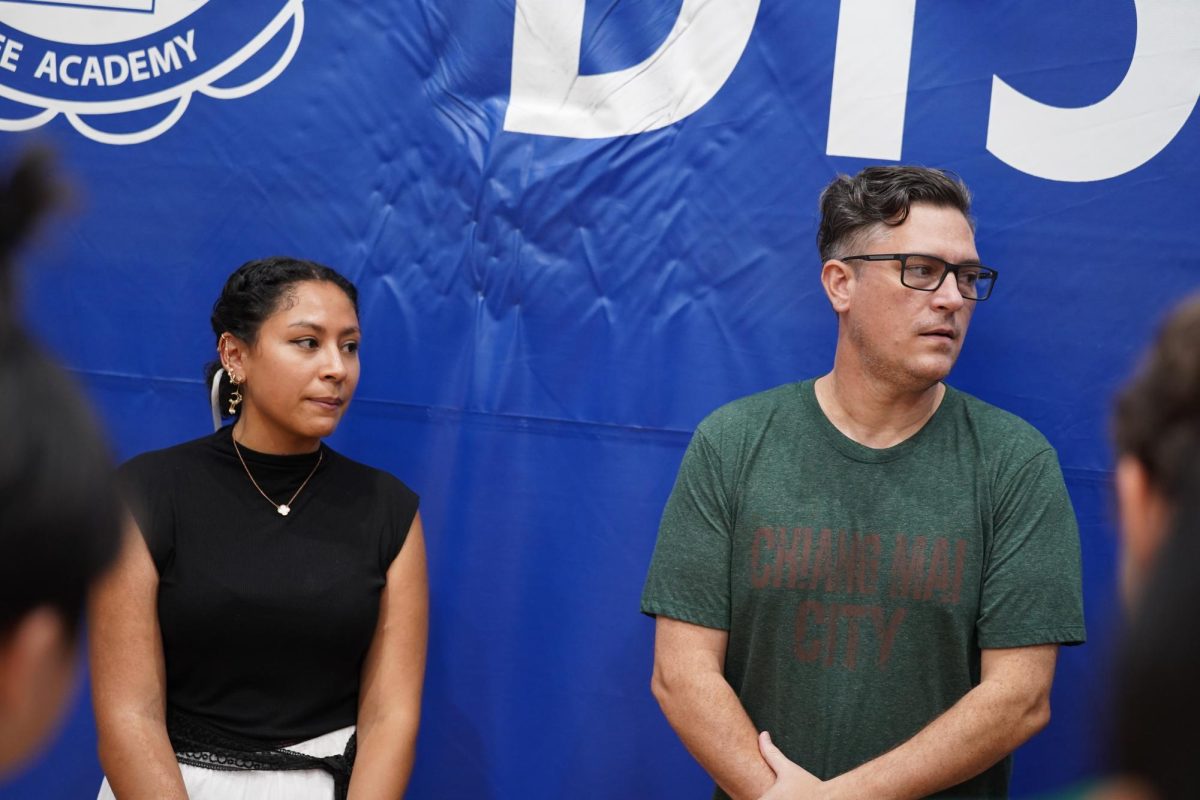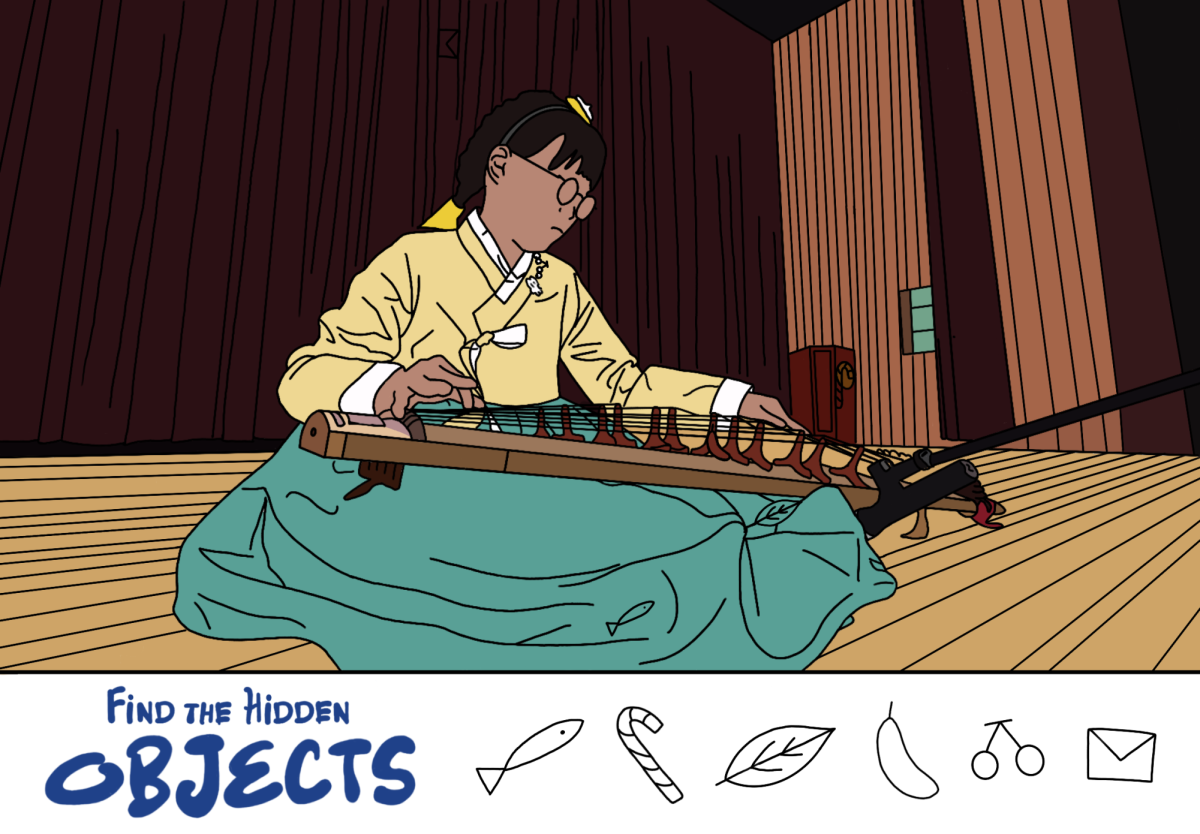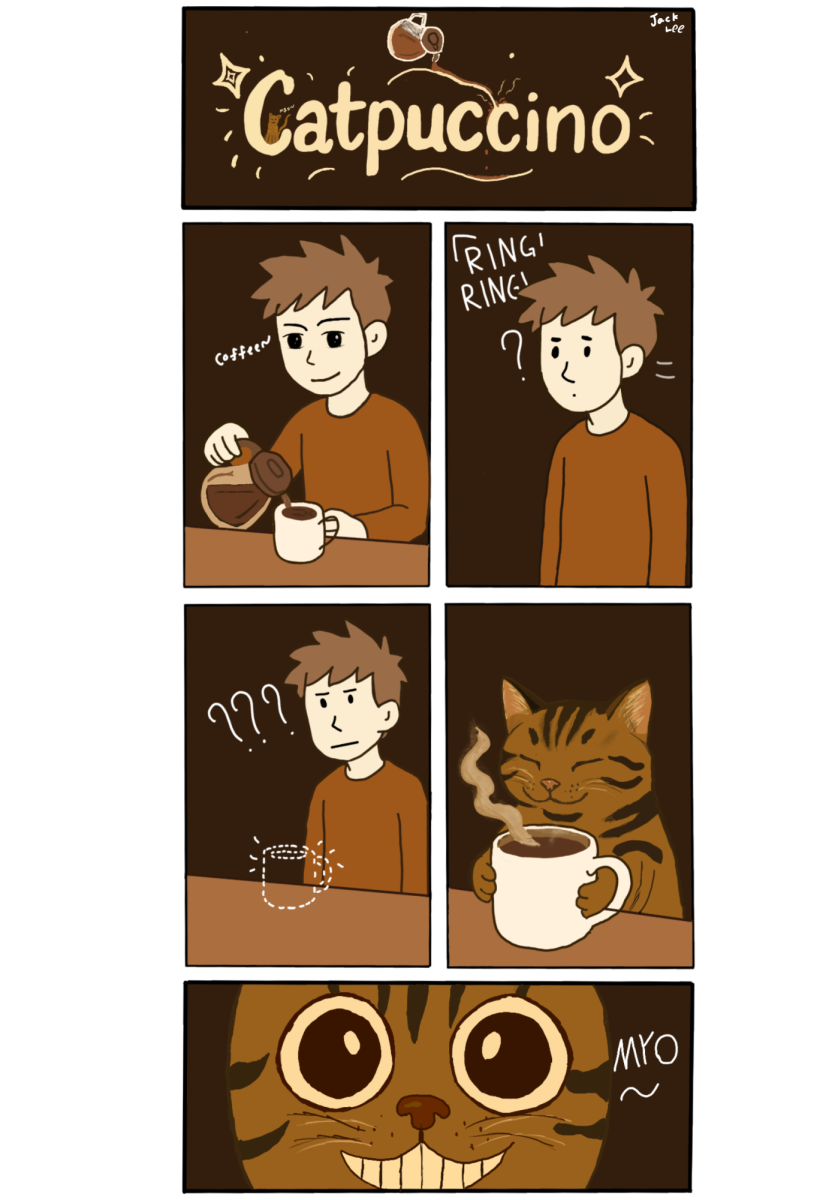How Hair-Raising Horror Films Reflect Society
Expanding our Worldview Through Scary Movies
October 27, 2021

The horror genre is optimized for societal commentary, due to the way it allows for viewers to recognize problems with the element of surprise. Sudden shocks cause an increase in brain activity, emotion processing, and decision-making. When viewers are exposed to topics with more depth, such as contemporary issues or societal concerns after a jumpscare in a horror movie, they find themselves empathizing more. Furthermore, directors use universally applicable themes that are relatable to most, if not all people, to increase discomfort in the viewer. According to Dr. Mark Griffith, a psychologist at Nottingham Trent University, people enjoy entertainment that affects them – and there’s nothing that affects people more than fear and empathy.
By showing an existing societal issue and resolving it within the movie, people can process and resolve the problem with much more ease. UCLA professor Jonathan Koontz says: “Horror movies make you feel… well, horror, emotions you already know. Then give them a safe space once the movie’s done, allowing us to overcome fear without any risk. Then the audience knows what life will be like after that specific problem is solved.” After watching a scary film with an allegory, people tend to think that life would improve if the societal concern presented were to be solved. Horror movies can motivate people to root for change in the world.
Here are a few movies I recommend you watch on Halloween; they’re all great examples of how directors use horror to scare us into empathy and consciousness. Watch out, though, there are some spoilers ahead.
Us
Based on a surface level interpretation, “Us” is about families being attacked by mysterious figures in red suits – and terrifyingly, each person’s assailant looks exactly like them. But peeling back the layers, viewers can find the title of the movie “Us” to be an abbreviation of the United States. As maker of the film Jordan Peele explains, the beings wearing the red suits (doppelgängers) represent powerless minority groups in America while the “normal” people (like the main family) represent the wealthy and middle class, who hold the power. The people with red suits believe that the “normal” versions of themselves took their power and benefits they should’ve had. The movie analyzes how things in America haven’t changed despite the widespread belief that people can make their own way in life – here, the director expresses the difficulty of social mobility is expressed through violence and death. Despite external changes, powerless minority groups are still in need, and want the wealth that the privileged possess. This movie is definitely for high school audiences and above, due to violence and language.
Coraline
“Coraline” is an animated film with a PG rating, but I’d recommend it to audiences in middle school & up due to its psychological scares. There are two separate worlds in this movie. One day she finds a secret door to a “better” world. In that other world, her dream comes true, and she gets everything she desperately wants but couldn’t have in the real world, like a family that pays attention to her, for example. The real world in “Coraline” is a reality for many families. It is not uncommon for people to be focusing on their work or phones instead of spending quality time with their family members. Family is the smallest but strongest social group that affects one’s life. Parents should give love to their children and children should value their parents, however, “Coraline” proves that this is not the case for everyone.
Bird Box
Last but not least, there’s “Bird Box,” rated PG-13 for violence and action. The movie is essentially about trying to survive from a monster that kills you the moment you lay your eyes on it. The “safe place” that Malorie, the main character, reaches, is a school for blind people. In this movie, blind people help out able-bodied people – a role reversal of what we as a society believe to be true. In real life, society tends to condescend and pity people with disabilities, making these people uncomfortable. This movie’s main message is that we should respect those with disabilities along with their boundaries, seeing them as equals despite outward differences.
Next time you watch a horror movie, try to find the deeper meaning inside it. Don’t squeeze your eyes shut in fear of the next scare – you might just be able to open your eyes to new perspectives. Even if horror movies aren’t for you, I suggest you give them a try, just to broaden your horizons. There’s more value to horror than becoming horrified.

